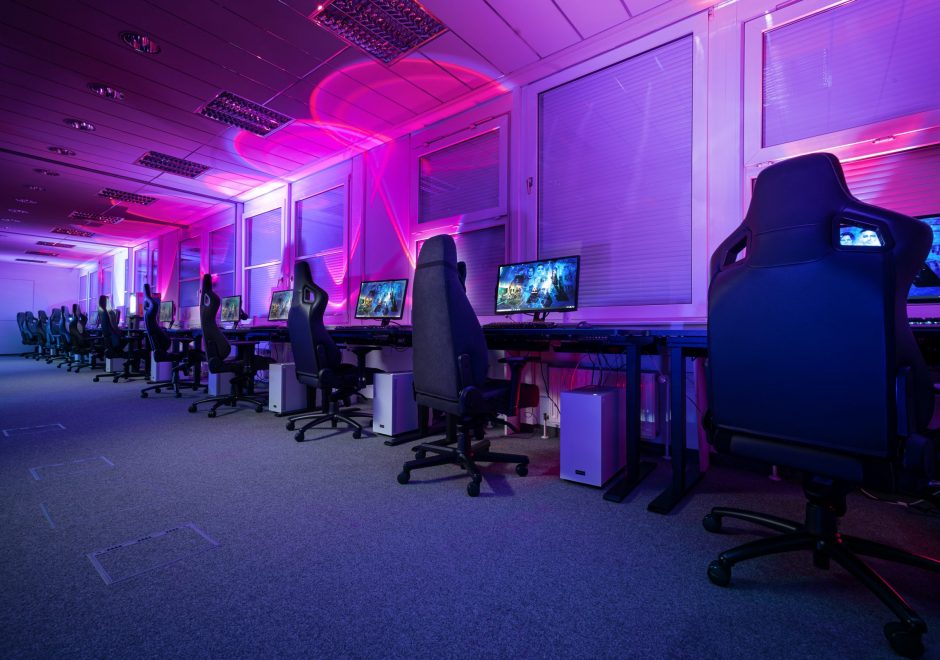
Merchandise Monetization Strategies for Gamer Brands, Partners, Developers and Streamers
Clichéd though it may sound, there really has never been a better time for brands outside the gaming world to start developing game monetization strategies. The game industry’s compound annual growth rate (CAGR) is projected at 13.2% for the years 2021-2028, following a 38.24% boom in 2020. More people than ever before are both playing and watching others play games, creating countless opportunities for brands and content creators to explore new monetization opportunities. In this article, we’ll take a brief yet educated look at exactly why merchandise is the next big game monetization strategy for brands either already involved with, or looking to join, the industry.
The Evolution of Gaming and Monetization

Sponsorships
If you and your brand are looking to take your investment to the next level, we make sure you invest in a team, player, influencer, or event which will give you a return of investment. Using our expertise in the industry, Mindfuture full service agency will manage the whole process to make sure you have the best deal.
- Esports Team Sponsorships
- Esports and Gaming Event Partnerships
- Player Sponsorships
- Management and negotiations
The Future of Gaming and Monetization
With a projected growth rate of 13.2%, the future of the gaming industry looks blindingly bright. As the nature of users’ involvement with gaming changes, so too do the means by which advertisers, marketers, brands and creators can make money in the industry.
One of the biggest foreseen changes is with the realization of the metaverse: a hyper-immersive VR, XR or AR network of online worlds mimicking and expanding upon the available utilities of our offline universe. Games like Fortnite and Roblox have already made big strides toward realizing their own metaverses in which players can mingle with each other, engage in a crypto/NFT-based economy, and attend virtual events from the comfort of their home.
In-game currency becomes an online economy in the metaverse: a space where brands can engage users in new and dynamic ways never before explored. Monetization strategies of brands investing in the metaverse in 2022 range from sponsoring events, such as live digital concerts, to selling branded digital merchandise for in-game use, like this virtual Gucci designer handbag which sold on Roblox for approximately $4,115 USD.
Why Merchandise is the Next Big Game Monetization Strategy
Merchandising, both physical and digital, is the key to unlocking the full potential of the blossoming gamer-influencer and branded gaming markets. Here’s why.
The Rise of Streaming
In the second quarter of 2022 alone, over 5.4 billion hours of live-streamed gameplay were watched by Twitch’s 2.5 million monthly viewers. Of the creators putting out this immense quantity of potentially-monetizable content, there are around 10,000 streamers with verifiable influencer status. These are the creators who are already making a steady income from brand engagement on their channels.
From micro- to mega-influencers, each brings something different to the table in terms of merchandising, namely in the type of audience they are able to reach. By engaging these influencers in product placement and merchandising deals – such as Red Bull did with multi-millionaire streamer Tyler ‘Ninja’ Blevins – brands are able to extend their reach deep into previously untapped market potential. After all, gaming isn’t just for nerds and loners anymore. In some form or other, almost 40% of the entire world’s population is today ‘a gamer’.
Social Media Influence(r)s
Image is the word of the decade. Whether moving or still, fleeting or attention-grabbing, it is everything. From Instagram to Facebook, Snapchat to TikTok, smartphone users spend an average of 2.4 hours on social media every single day. Since gamers often also have influencer crossover on social media (in order to boost their following on Twitch and other streaming platforms), by merchandising with gamers you are often tapping into two distinct marketable audiences at once. Which brings us to our next reason why merchandise is the next big game monetization strategy…
Gamers are Passionate, and Merchandise Fosters Connection
You don’t need merchandise to enjoy something. For example, a Cincinnati Bengals American Football fan doesn’t need to buy their team’s jersey to enjoy watching the Bengals play. They buy the jersey because it lets them share their passion and love for the team with the world.
Merchandise becomes an integral part of how we communicate our inner identity externally. When you have a really tight-knit community of like-minded individuals all passionate about the same product or art, merchandise can be an extremely lucrative investment for the producer or artist.
For game developers, the extent to which merchandising has widened their revenue stream has tended to lag behind the aggressive merchandising strategies of TV and film (just look at LucasFilm and Disney, for a start). Yet, integrating monetized merchandising into the gaming experience – whether that’s individual gaming, online gaming, streaming or eSports – is now not only possible, but easy.
Find ways to build your game’s (or brand’s) merch into the gaming experience which feel natural for the viewer or participant, and that merchandise will soon become a signifier of community which the members of that community will want desperately to own.
Mobile Game Developers Have Been Monetizing Gaming for Years: Your Brand Can To!
Whilst most game developers have traditionally been reticent to invest much time or money in merchandising their brand, there are others who have had roaring success in the field. Take Rovio, for example, developers of early-smartphone gaming craze Crazy Birds. By merchandising their game to fans both in-game and in retail stores, they were able to make 40% of their $200 million USD revenue from merchandise alone in 2012.
It’s also worth pointing out that merchandising is not the exclusive privilege of game developers. As we’ve illustrated above, there are new avenues to monetization in gaming opening up constantly. A few years ago, for example, who would have thought that the likes of Coca Cola, Huel, KFC and Betway would be seeing huge returns on their gaming-marketing investments?
Whether you collaborate with a game developer to produce co-branded merch, or kit out an eSports team with sponsored kits, fans will want to buy it.
Manufacturing Products for Merchandise is Easier Than Ever
Finally, it’s important to emphasize just how simple the merchandising process is now. Times were, merchandising was a niche industry which, to enter, required the onboarding of expert web and graphic designers, clothes makers and distributors, as well as time, energy, and copious amounts of money.
That has all changed. Today, brands can effectively merchandise themselves, and collaborate with gamer influencers on product placement, affiliate marketing and wider merchandising campaigns by employing the services of a global gaming and eSports marketing agency like Mindfuture.
Mindfuture specializes in connecting brands with their target demographics, to achieve campaign KPIs, through the sponsorship of eSports teams and engagement with micro- to mega-gamer-influencers for national and worldwide campaign roll-outs. As part of their services, they work with brands like Razer, HyperX, The Coca-Cola Company and KFC to assist in strategizing, marketing, and merchandising.
With an in-house design team on hand, they are able to help brands manufacture and deliver branded merchandise all over the world. They handle the design, all logistics, and product manufacturing, and can then pair the end product with any number of gamer-influencers to feed neatly into your game monetization strategy.
If you’ve any questions, or feel like you’re ready to begin embracing the myriad money-making opportunities of merchandising in the gaming industry, then just reach out to Mindfuture and the team will help you get started.
